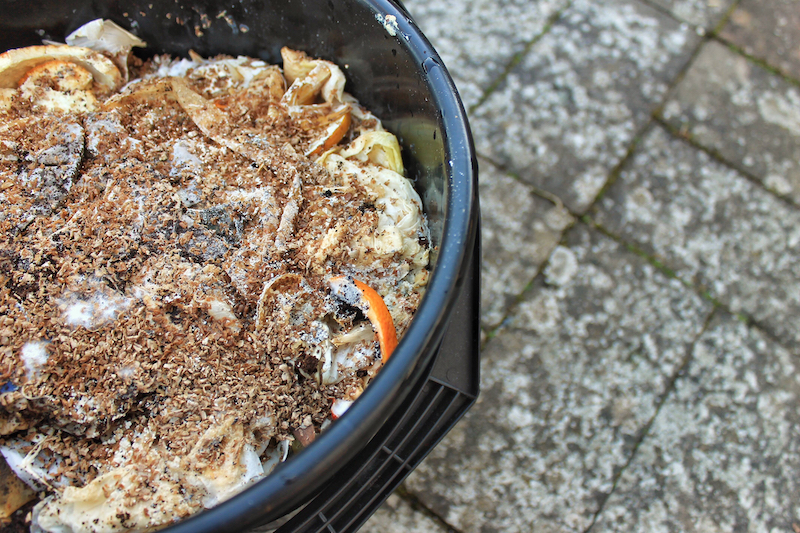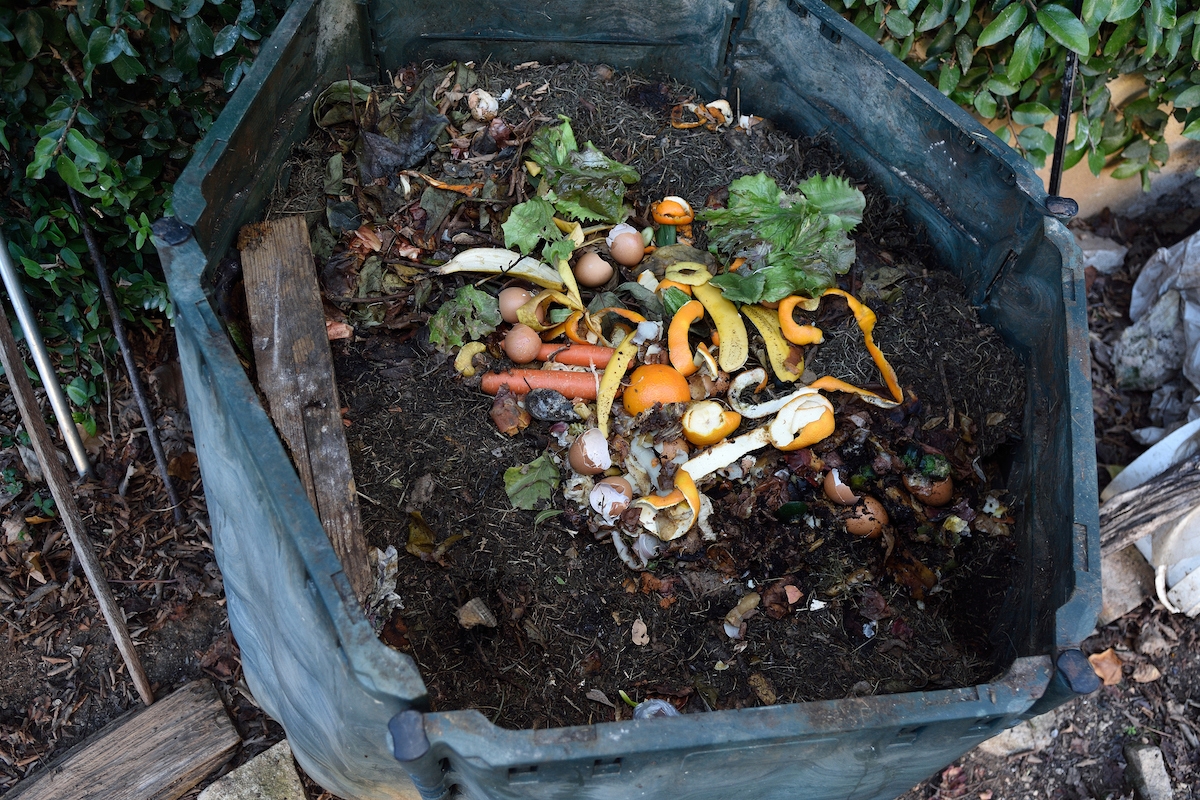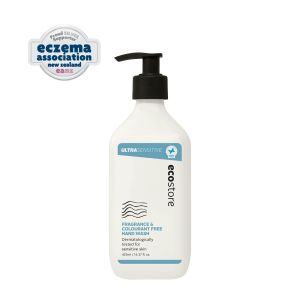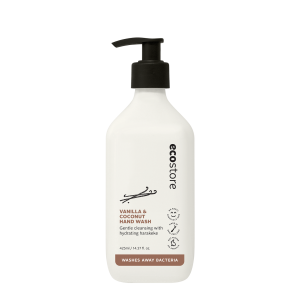
Every time we hop in the shower or turn the tap we’re using water – a precious natural resource - that had to be treated to make it safe to use. Once it’s down the drain it then has to be treated again. Cleaning waste water (aka grey or black water) is highly energy-intensive, as is heating water - so less is better in terms of energy savings too. If you're living in an area where you pay separate charges for water, saving it will also save you money.
These simple tips are a great way to start thinking about how we can better take care of this precious resource. Then over time, when they need replacing, change to more water-efficient appliances like dishwashers and washing machines, as well as water-saving showerheads, taps and toilets.
Brush up on this. If you brush your teeth for two minutes, you can save up to 12 litres of water, just by turning the tap off while you polish your pearlies. That’s 8760 litres a year, for every person in your household who brushes twice a day!
Go with low flow. A displacement device in your toilet cistern will reduce the amount of each flush. These are often available for free from your area’s water provider. Depending on your household, you may also want to consider the motto, ‘if it’s yellow, let it mellow’.
Temperature check. Adding cold water to cool down scalding hot water wastes both energy and water. Make sure your hot water thermostat is set to the recommended 60°C. You may need to ask your electrician or plumber to adjust it.
Get fully loaded. By always washing full loads in your dishwasher and washing machine, you’ll maximise their efficiency and reduce the number of washes you need to do. This also saves wear and tear on your expensive appliances.
Delete the drip. If you have a tap that drips at 50ml per minute (about an eggcup), as much as 72 litres could be going down the drain every day. And often fixing a dripping tap is as easy as fitting a new washer. If you haven’t done this before, you’ll find plenty of how to videos on YouTube or DIY websites.
Shorten showers. Showers can use up to an eye-watering 45 litres a minute. Water-strapped councils advise keeping showers to four minutes (the length of a song). You could also consider an efficient showerhead, which combines water and air for the feeling of great pressure with less water. Or fit a flow restrictor, readily available from hardware and plumbing shops. (Depending on your shower mixer you may need a plumber to install it for you).
Get savvy with scraps. In-sink waste disposal units use loads of water, and add an extra burden to sewerage systems. Rather than sending them down the sink hole, try other ways to deal with food scraps. There’s a method that can work for your place, whether composting, Bokashi or worm farming.
Butts about it. Your gutters capture rain from your roof and sends it down the drainpipe. By installing a water butt (outdoor tank) at the end of said drainpipe, you can put that water to good use when watering your garden or washing your car. Depending on where you live and how much water you use from its tap, a water butt can supply you with as much as 5,000 litres a year.
Adopt a can-do attitude. If your garden is small, it may be easier to water it with a watering can, rather than a hose or irrigation system, saving hundreds of litres of water an hour. Selecting drought tolerant plants, mulching and watering in the early morning or evening will conserve even more.
Stay constantly chilled. When you keep a jug of tap water in your fridge, you can avoid the need to run the tap and wait for the water to run cold before filling your glass. Or consider installing a tap that gives you instant boiling or chilled water.





